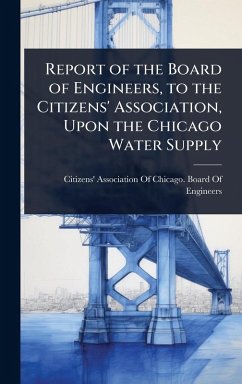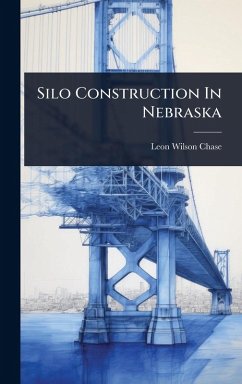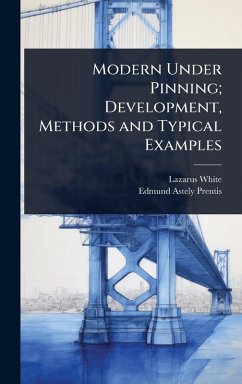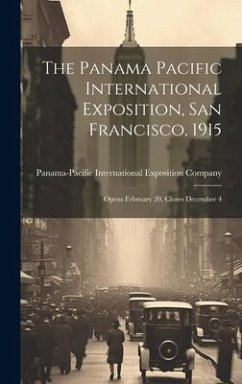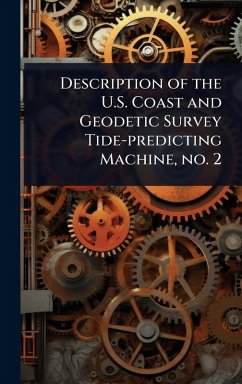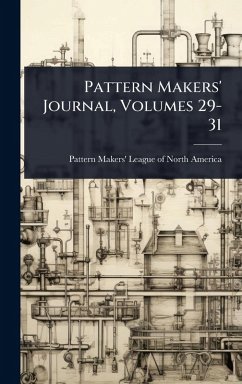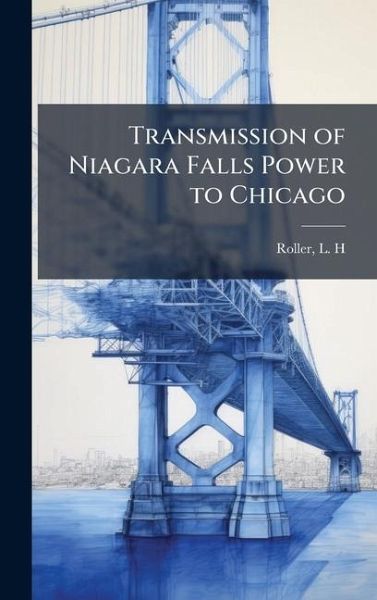
Transmission of Niagara Falls Power to Chicago
Versandkostenfrei!
Versandfertig in über 4 Wochen
29,99 €
inkl. MwSt.
Weitere Ausgaben:

PAYBACK Punkte
15 °P sammeln!
Transmission of Niagara Falls Power to Chicago, written by L.H. Roller and originally published in 1911, explores the groundbreaking engineering and technological achievements involved in harnessing the power of Niagara Falls and transmitting it over long distances to the city of Chicago. This historical account provides a detailed look at the challenges faced and overcome by engineers and innovators during a pivotal era in the development of electrical power infrastructure. The book offers insights into the technical aspects of early power transmission systems, highlighting the ingenuity requ...
Transmission of Niagara Falls Power to Chicago, written by L.H. Roller and originally published in 1911, explores the groundbreaking engineering and technological achievements involved in harnessing the power of Niagara Falls and transmitting it over long distances to the city of Chicago. This historical account provides a detailed look at the challenges faced and overcome by engineers and innovators during a pivotal era in the development of electrical power infrastructure. The book offers insights into the technical aspects of early power transmission systems, highlighting the ingenuity required to bring hydroelectric power to a major metropolitan center. It serves as a valuable resource for historians, engineers, and anyone interested in the evolution of energy technology and the industrial development of the United States. This work has been selected by scholars as being culturally important, and is part of the knowledge base of civilization as we know it. This work was reproduced from the original artifact, and remains as true to the original work as possible. Therefore, you will see the original copyright references, library stamps (as most of these works have been housed in our most important libraries around the world), and other notations in the work. This work is in the public domain in the United States of America, and possibly other nations. Within the United States, you may freely copy and distribute this work, as no entity (individual or corporate) has a copyright on the body of the work. As a reproduction of a historical artifact, this work may contain missing or blurred pages, poor pictures, errant marks, etc. Scholars believe, and we concur, that this work is important enough to be preserved, reproduced, and made generally available to the public. We appreciate your support of the preservation process, and thank you for being an important part of keeping this knowledge alive and relevant.



